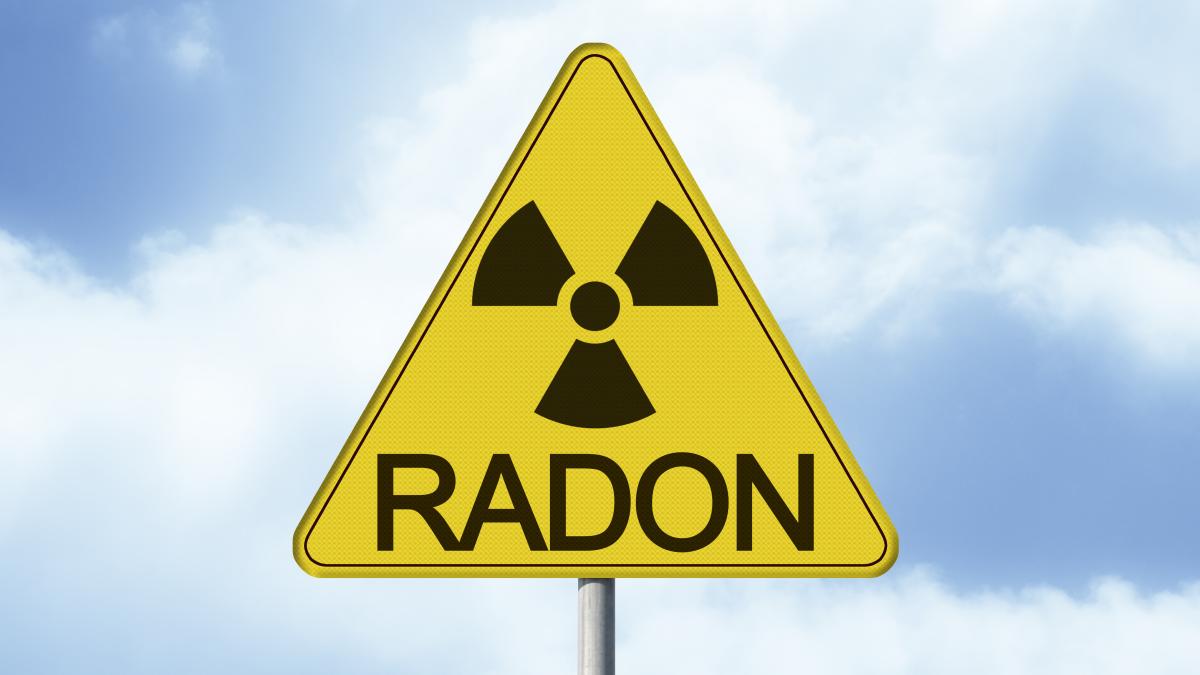by Laura Cuppini
Two studies show that contact with medium or high levels of this pollutant is also associated with an increased risk of stroke, particularly in women. Radon is the second leading cause of lung cancer
Radon, a naturally occurring radioactive gas produced when metals such as uranium or radium decompose in rocks and soil, is a known cause of lung cancer (second after smoking). It can enter homes through cracks in walls and floors in basements and from spaces around pipes: it is colourless, tasteless and odorless and its presence can only be detected through specific tests. Lung cancer is not the only risk from exposure to this gas. Two studies published in Neurology, the journal of the American Academy of Neurology, demonstrate that contact with medium or high levels of this pollutant is also associated with an increased risk of stroke and another related condition, particularly in women.
The recommended limits
Il first study it involved almost 160 thousand women with an average age of 63 years, without previous strokes, followed for an average of 13 years. During the study, 6,979 strokes occurred among the participants. These were divided into three groups: the first lived in areas where the average radon concentrations were higher than 4 pc/l; the second in areas with average concentrations between 2 and 4 pc/l); the third in areas with concentrations lower than 2 pc/l. To determine radon exposure, the researchers linked home addresses to data from the US Environmental Protection Agency (EPA), which recommends a limit of 4 picocuries per liter (pc/l) for average concentrations. of radon in closed environments (equal to approximately 150 Becquerels per cubic meter – Bq/m3).
Increased risk of stroke
In the group with the highest radon exposure, 349 strokes occurred per 100,000 person-years, compared to 343 strokes in the intermediate group and 333 in the group with the lowest exposure. Person-years represent both the number of people involved and the amount of time each person spends in the study. Taking into account variables such as smoking, diabetes and hypertension, the researchers found that the group with the highest exposure to radon had a 14% increased risk of stroke compared to the least exposed group. For the intermediate group the risk was increased by 6%.
Review the current threshold
“It is important to note that we found an increased risk of stroke among people exposed to radon concentrations 2 pc/l lower than the current threshold based on lung cancer risk (4 pc/l),” said Eric Whitsel. , of the University of North Carolina at Chapel Hill and among the authors of the two studies -. Further investigations are needed to confirm our findings. Confirmation would represent an opportunity to improve public health by addressing an emerging risk factor for stroke.” A limitation of the study is that it only involved female, older and predominantly white participants, so the results may not be the same for other categories of people.
Hematopoietic stem cells
Il second study – by the same authors – examined a particular condition, called clonal hematopoiesis of indeterminate potential (Chip), which develops when some hematopoietic stem cells (i.e. capable of forming all the elements of the blood) undergo genetic mutations. Mutated cells replicate more rapidly than others and people with Chip may have a greater risk of blood cancers (such as leukemia) and cardio-cerebrovascular diseases such as stroke. «We know that radon can cause genetic mutations – said Eric Whitsel -. It’s a growing problem, not least because this gas enters homes and exposure is increasing because modern construction practices make homes more airtight. Our goal was to determine whether exposure to high levels of radon is linked to clonal hematopoiesis of indeterminate potential, caused by genetic mutations in hematopoietic stem cells.”
The percentages of clonal hematopoiesis
The study involved over 10 thousand female participants, with an average age of 67 years. About half of the participants had had a stroke or problems related to blood clots. Again, to determine exposure to radon, the researchers linked the addresses of the participants’ homes to data from the US Environmental Protection Agency (EPA) and three groups were formed based on the level of exposure to radon: high, medium or low. The researchers used genetic tests to determine which of the participants had mutations typical of the Chip: 9% of those who lived in areas with the highest radon concentrations suffered from clonal hematopoiesis, compared to 8.4% of those who lived in areas with medium concentrations and to 7.7% of those who lived in areas with lower concentrations.
More studies are needed
After adjusting the results for factors such as age, education, race and ethnicity, the researchers found that participants with a previous ischemic stroke who lived in areas with the highest radon concentrations had a risk of Chip increased by 46%, while those living in areas with medium concentrations had a 39% increased risk compared to the group in contact with the lowest radon concentrations. The risk was not increased in participants without stroke. “Although the results do not support an association between radon and Chip among participants in general, they suggest it in those with ischemic stroke,” Whitsel explained. The causes of this association are not yet clear. Future studies are needed to further explore possible links between radon exposure and stroke, especially because current public health screening and prevention efforts for radon focus only on lung cancer.”
March 20, 2024
© ALL RIGHTS RESERVED
